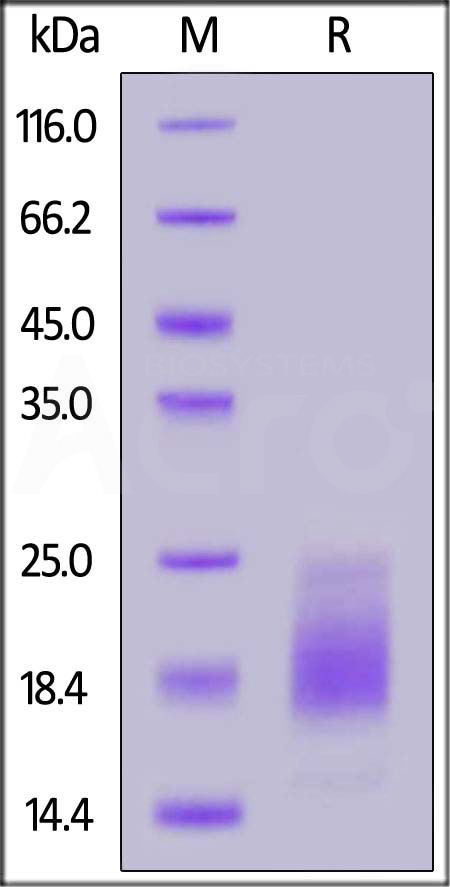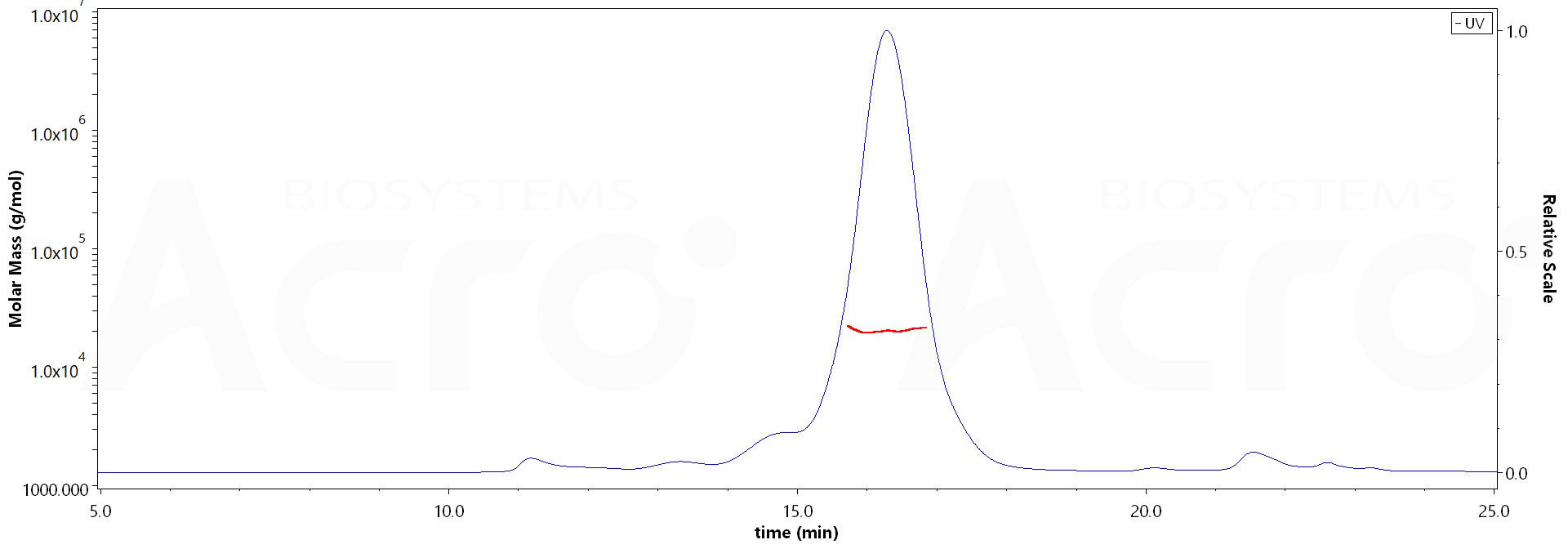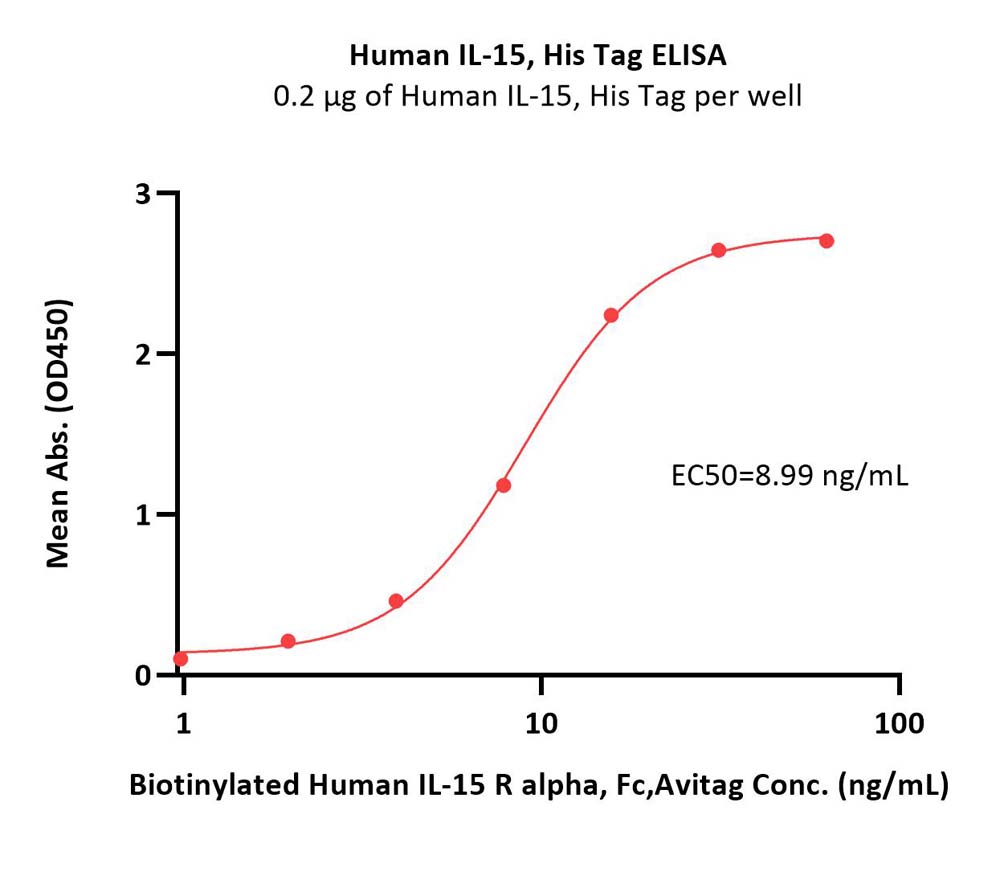Changes of Cytokines in Aqueous Humor of Retinoblastoma with Intravitreal MelphalanZhou, Meng, Ren
et alRetina (2025)
Abstract: To explore the levels of cytokines in the aqueous humor (AH) of patients diagnosed with retinoblastoma (RB) who received intravitreal melphalan (IVM).A total of 28 eyes from 27 patients diagnosed with RB who received IVM were enrolled, along with 14 eyes from 14 patients with congenital cataracts as controls. The clinical features of the patients were recorded before and after IVM. 27 cytokines concentrations in AH samples collected from these patients were measured by a suspension array system.The levels of IL-8, IL-17A, Eotaxin, G-CSF, and PDGF-BB increased significantly following IVM administration in RB patients (p<0.05). Post IVM treatments, the levels of IL-5, IL-8, IL-9, IL-12p70, IL-15, IL-17A, G-CSF, IP-10, MIP-1α, PDGF-BB, TNF-α, and VEGF were higher in eyes that developed ocular toxicity than those eyes didn't (p<0.05). The ocular toxicity group received a higher cumulative dose and mean per dose of intravitreal melphalan. The elevated cytokines subsequent to IVM were associated with the number of treatments and cumulative dose of intravitreal melphalan.The results revealed a notable increase in cytokine levels subsequent to IVM interventions. Elevated cytokine concentrations in the eyes of RB patients post-IVM may be associated with ocular toxicities.
GNLY+CD8+ T cells bridge premature aging and persistent inflammation in people living with HIVWang, Zhang, Zhang
et alEmerg Microbes Infect (2025) 14 (1), 2466695
Abstract: People living with HIV (PLWH) exhibit accelerated aging, characterized by systemic inflammation, termed "inflammaging." While T-cell expansion is prevalent in PLWH, its connection to inflammaging remains unclear. In this study, we analyzed the TCRβ repertoire of 257 healthy controls (HC) and 228 PLWH, revealing pronounced T cell clonal expansion in PLWH. The expansion was only partially reversed following antiretroviral therapy (ART) and closely associated with ART duration, CD4+ T and CD8+ T cell counts and the CD4/CD8 ratio. TCR-based age modeling showed a continuous accelerated trajectory of aging in PLWH, especially in younger individuals, in stark contrast to the nonlinear aging acceleration pattern seen in HC. Furthermore, using single-cell RNA combined TCR sequencing and in vitro experiments, we identified GNLY+CD8+ T cells as the primary population driving clonal expansion and maintenance in PLWH. These cells are characterized by high cytotoxicity and low exhaustion and are activated by interleukin-15 (IL-15) in vitro. Notably, GNLY+CD8+ T cells predominantly express the pro-inflammatory 15 kDa form of granulysin(GNLY). The supernatant from IL-15-stimulated CD8+ T cells induces monocytes to secrete inflammatory factors and disrupts the integrity of intestinal epithelial cells, which can be partially restored by the anti-GNLY antibodies. These findings identify GNLY+CD8+ T cells as the central drivers of persistent clonal expansion, highlighting their crucial role for mitigating inflammaging in PLWH.
Vitamin D stimulates Il-15 synthesis in rodent muscleEwendt, Drewitz, Althammer
et alBiochem Biophys Rep (2025) 41, 101925
Abstract: Besides its classical skeletal function, vitamin D plays a critical role in both skeletal muscle and the immune system. Interleukin-15 (IL-15), which is highly expressed, and secreted complexed with its receptor, IL-15Rα, by skeletal muscle, stimulates the development of immune cells and affects myogenesis and muscle mass. However, little is known about possible regulators of this myokine. To test whether vitamin D could be a regulator of muscle IL-15 and IL-15Rα expression, C2C12 myotubes were treated with vitamin D3 metabolites and analysis were performed in gastrocnemius muscles of rats treated with a single intraperitoneal dose of 1,25(OH)2D3. The role of VDR was investigated by siRNA technique in C2C12 myotubes and in gastrocnemius muscles of vitamin D receptor knockout (Vdr-KO) mice. Treatment of C2C12 myotubes with 1,25(OH)2D3 or 25(OH)D3 increased Il-15 gene expression in a dose-dependent manner and 1,25(OH)2D3 also moderately increased the relative Il-15 protein amount. Rats treated with a single dose of 1,25(OH)2D3 demonstrated a higher mRNA abundance of muscle Il-15 than controls. The 1,25(OH)2D3 effect on Il-15 was considerably weaker in C2C12 myotubes treated with Vdr-specific siRNA. Vdr-KO mice showed significantly lower muscle Il-15 mRNA than WT mice. Il-15Ra mRNA and Il-15/Il-15Rα protein abundance were unaffected by 1,25(OH)2D3-treatment or VDR functionality, and Cyp27b1 activity is not required for 25(OH)D3-mediated Il-15 gene expression. The results provide evidence for a regulatory role of hydroxyvitamin D3 metabolites on the Il-15 synthesis in skeletal muscle cells, which is largely mediated by the VDR.© 2025 The Authors.
Understanding the Mode of Action of Several Active Ingredients from the Micro-Immunotherapy Medicine 2LZONA®Jacques, Marchand, Chatelais
et alJ Inflamm Res (2025) 18, 4267-4290
Abstract: Varicella-zoster virus (VZV) affects over 90% of the global population. The initial encounter with VZV, often in the early years of childhood, results in varicella. From latency, VZV can reactivate in later stages of life, leading to the development of herpes zoster. Considering the importance of host immune responses in preventing reactivation and clinical manifestations associated with VZV infection, a therapy that sustains the immune system could be of great interest.The present work aimed to set the basis of the possible mode of action of 2LZONA®, a micro-immunotherapy medicine composed of five different capsules. Thus, the effects of several active substances employed in this medicine were assessed in human primary immune-related cells.Our results showed that DNA (8 CH) and RNA (8 CH), two active substances used in 2LZONA, displayed phagocytosis-enhancing capabilities in granulocytes and contained sub-micron particles that could explain, at least partially, the observed effect. These two active substances tested singularly and together with other actives of 2LZONA's capsules, modulated the proliferation of immature, transitory, and mature subsets of natural killer (NK) cells in an IL-15-like pattern, suggesting an enhancement of their activation levels. Moreover, the tested items of 2LZONA increased the secretion of IL-2, IL-6, IL-13, and TNF-α in human peripheral blood mononuclear cells (PBMCs). Furthermore, the proliferation of PBMCs-derived NK cells, intermediate monocytes, and neutrophils was slightly increased by this treatment. In CD3 and CD3/CD28 pre-primed conditions, actives present in one capsule of 2LZONA enhanced the secretion of IL-6 and TNF-α. Finally, one capsule of 2LZONA reduced the expression of human leukocyte antigen (HLA) in IFN-inflamed endothelial cells. Overall, these data provide, for the first time, preliminary experimental evidence of the mechanisms of action of some of the active ingredients employed in 2LZONA capsules.© 2025 Jacques et al.




 +添加评论
+添加评论






















































 膜杰作
膜杰作 Star Staining
Star Staining
















